Introduction: Why Avoiding Fashion Mistakes Matters
Fashion is not just about the clothes we wear; it’s a reflection of our personality, mood, and confidence. Avoiding fashion mistakes helps us present ourselves authentically and comfortably, whether we’re heading to work, a special event, or simply running errands. Small missteps can impact how others perceive us, and more importantly, how we feel about ourselves. By understanding common pitfalls, we can make smarter choices that boost self-assurance and style.
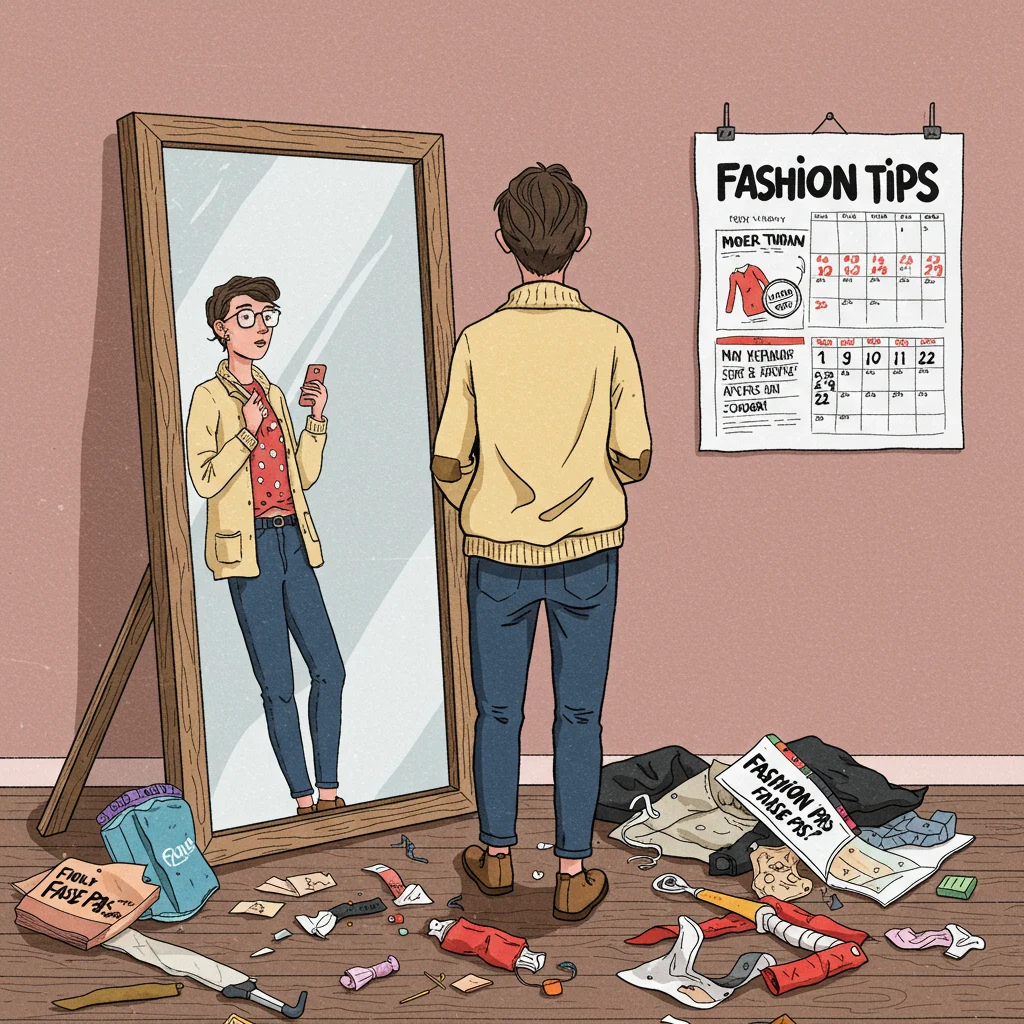
What Are Fashion Faux Pas?
Fashion faux pas refer to style misjudgments that disrupt a cohesive look or clash with social expectations. These errors can range from mismatched accessories to wearing the wrong attire for an occasion. Recognizing them is the first step to developing a wardrobe that feels both current and personal.
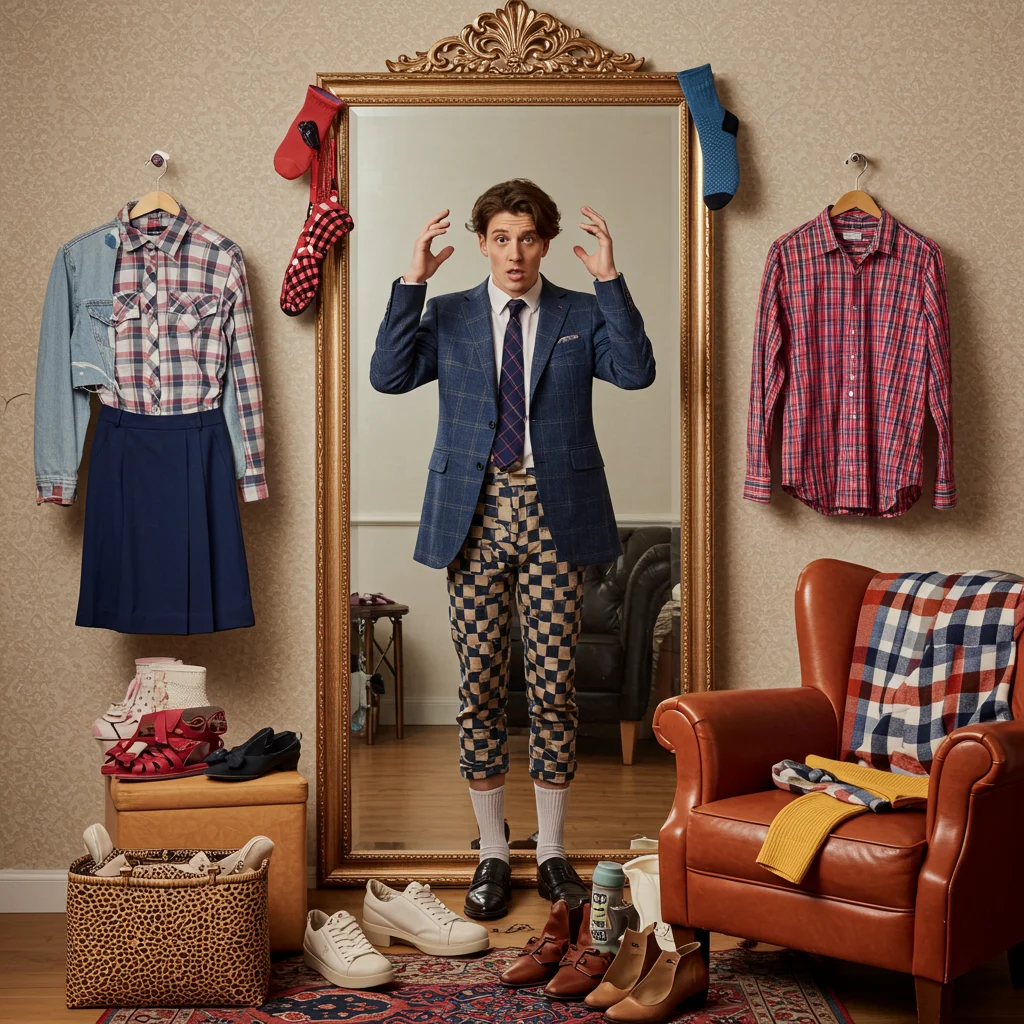
Common Fashion Mistakes to Watch Out For
Even the most stylish individuals occasionally slip up. Let’s break down the most frequent fashion mistakes and learn how to sidestep them for a polished appearance.
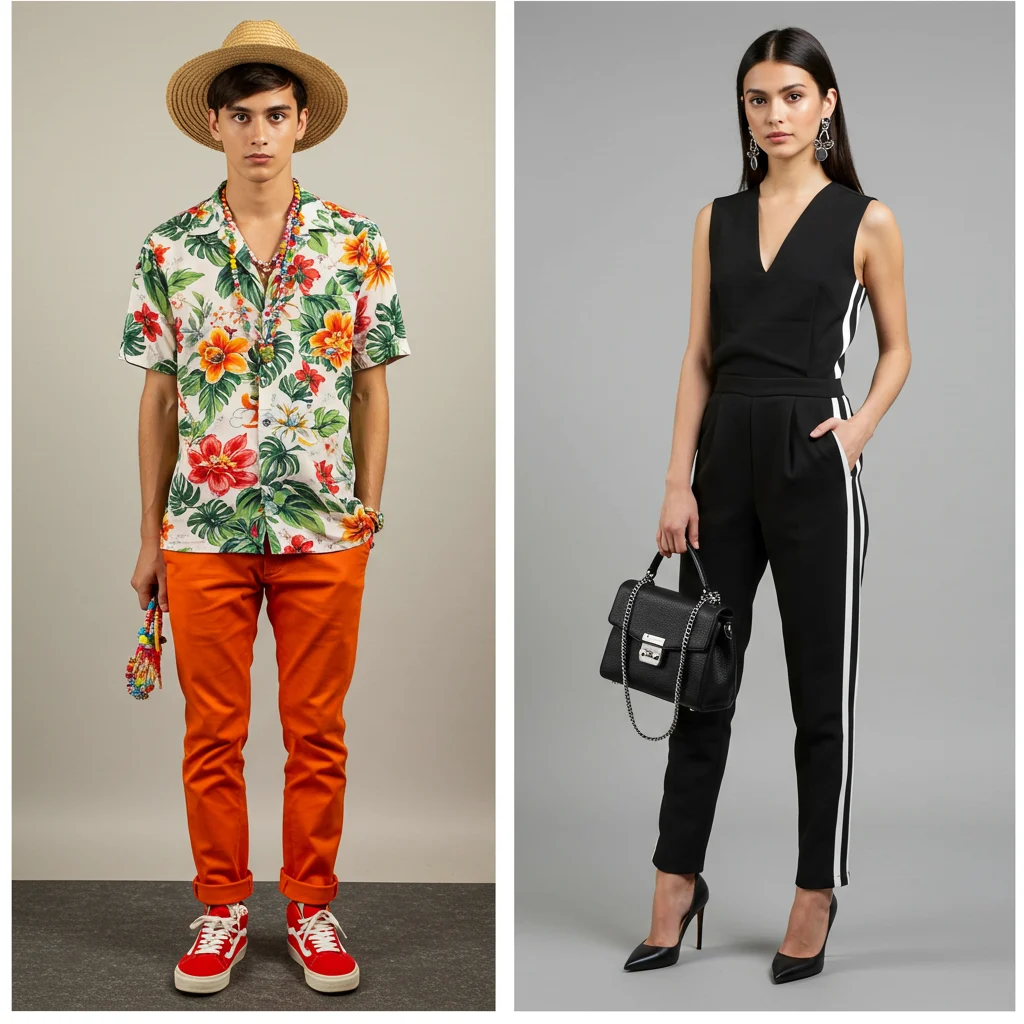
Wearing Clothes That Don’t Fit Properly
Fit is the foundation of style. Clothing that’s too tight or too loose can undermine even the most well-planned outfit, making you appear uncomfortable or disheveled.
How Do You Know If Your Clothes Fit Right?
A proper fit means garments sit comfortably on your body without pulling, sagging, or restricting movement. Seams should align with shoulders and hips, while sleeves and pant hems should fall where intended. If you notice bunching, gaping, or excessive tightness, alterations might be necessary.
Consequences of Ill-Fitting Clothes
Wearing ill-fitting clothes can distort your body’s natural lines, drawing attention to areas you might prefer to downplay. It may also limit your range of motion and decrease confidence, especially in professional settings.
Ignoring Your Body Shape
Dressing without considering your body shape can result in unflattering silhouettes. Celebrating your unique proportions allows you to highlight your best features and achieve visual harmony.
Dressing for Different Body Types: Best Practices
Each body type benefits from specific cuts and styles. For example, A-line skirts flatter pear shapes, while structured blazers enhance rectangular figures. Understanding your shape helps in selecting pieces that complement rather than compete with your natural frame.
Overlooking Proportion and Balance
A well-balanced outfit considers the relationship between top and bottom pieces, as well as overall volume. Disregarding proportion can make outfits look awkward or overwhelming.
What Happens When Proportions Are Off?
Pairing oversized tops with baggy pants, or tight garments with equally snug pieces, can throw off the visual balance. Strive for contrast—mix loose with fitted, short with long—for a more intentional look.
Wearing Outdated Trends
While fashion is cyclical, some trends fade and never return. Clinging to outdated styles can unintentionally age your appearance or make your wardrobe feel stale.
How to Tell If a Trend Is Outdated
Ask yourself when you last saw a trend in current magazines or on style influencers. If pieces have been absent from runways and street style for years, it may be time to retire them. For inspiration on what’s current, we recommend reading our post on Fashion Essentials: 10 Trends Your Wardrobe Needs Now.
Mixing Too Many Patterns or Colors
Patterns and colors add excitement, but overdoing them can create chaos instead of charm. Finding the sweet spot is key to a unified look.
Tips for Mixing Patterns Successfully
Limit your outfit to two patterns, using a common color to tie them together. Vary pattern scale—pairing a large floral with a subtle stripe prevents visual overload.
Mastering Color Coordination
Stick to a cohesive color palette. Use color wheels to identify complementary hues, and balance bold shades with neutrals for sophistication.
Over-Accessorizing or Under-Accessorizing
Accessories personalize your outfit, but too many can distract, while too few can leave an ensemble feeling incomplete.
How Many Accessories Are Too Many?
A good rule is to remove one accessory before leaving the house. Focus on one statement piece—like a bold necklace or striking bag—to anchor your look. For more inspiration, see our article on accessories that elevate any look.
Choosing the Right Accessories for Your Look
Select accessories based on the occasion and your outfit’s style. Minimalist pieces suit formal settings, while playful items work well for casual outings. Ensure metals and colors complement your clothing, not clash.
Neglecting Footwear Choices
Shoes anchor your outfit and can either enhance or undermine your overall appearance. The right pair brings comfort and style together.
Matching Shoes to Outfits: Do’s and Don’ts
Coordinate shoe color and style with your outfit’s vibe. For formal attire, opt for classic pumps or loafers; for casual looks, sneakers or sandals. Avoid athletic shoes with business wear unless styled intentionally.
Wearing Dirty or Worn-Out Shoes
Scuffed or stained shoes detract from even the most polished ensemble. Regular cleaning and timely repairs keep footwear looking fresh and professional.
Disregarding Dress Codes
Adhering to dress codes respects the occasion and those around you. Ignoring them can lead to discomfort or embarrassment.
Why Dress Codes Matter in Different Settings
Dress codes set expectations for formality and appropriateness. Wearing the right attire helps you blend seamlessly into any environment and avoids drawing negative attention.
How to Interpret Invitations and Events
Pay attention to invitation wording—terms like “black tie,” “cocktail,” or “business casual” offer clear guidance. When in doubt, researching the venue or asking the host can prevent missteps.
Wearing Inappropriate Fabrics for the Season
Fabric choice impacts comfort and appearance. Heavy materials in summer or sheer fabrics in winter can make an outfit impractical and uncomfortable.
Best Fabrics for Each Season
Choose breathable cotton and linen in warm months for coolness, and opt for wool or cashmere during colder periods for insulation. Save velvet and leather for fall and winter, and reserve lighter fabrics for spring and summer.
Layering Mistakes: Too Much or Too Little
Layering adds dimension, but misjudging the number or types of layers can disrupt your look and comfort.
How to Layer Clothes Like a Pro
Start with thin, fitted basics and build up with bulkier pieces. Balance textures and colors, and avoid too many thick layers that add bulk. Proper layering lets you adjust for temperature while maintaining style.
Wearing Wrinkled or Unkempt Clothing
Crisp, well-maintained garments signal attention to detail. Wrinkles or stains can detract from even the most expensive pieces.
Quick Fixes for Wrinkled Outfits
Keep a handheld steamer or wrinkle-release spray on hand for last-minute touch-ups. Hanging clothes in the bathroom while showering can also help smooth minor creases.
Ignoring Personal Style
Following trends blindly or dressing according to others’ expectations can suppress your individuality. Embracing a personal style fosters confidence and authenticity.
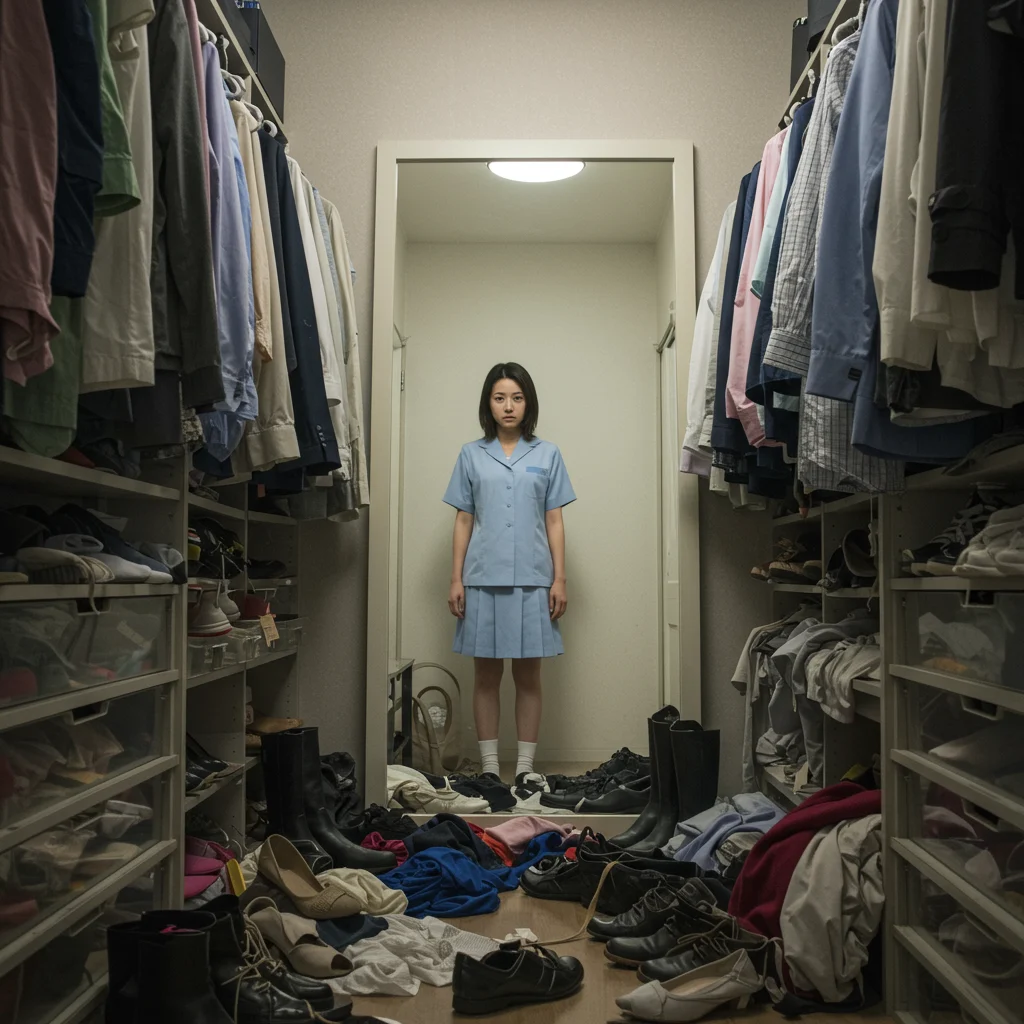
Why Is Personal Style Important?
Your personal style communicates who you are before you speak. Consistent, intentional choices help create a memorable impression and make getting dressed each day easier.
Finding and Defining Your Signature Look
Developing a signature style involves identifying colors, silhouettes, and details that make you feel your best. Experimenting with different aesthetics helps refine what resonates most.
How to Express Yourself Through Fashion Choices
Use clothing as a canvas—mix favorite colors, incorporate meaningful accessories, and play with textures to reflect your mood or personality. For worldwide inspiration, our post on global street style offers creative ideas from diverse cultures.
Copying Celebrity Outfits Without Adaptation
Celebrities often have stylists and access to custom tailoring. Copying their looks without considering your own body type or lifestyle can result in awkward ensembles.
How to Draw Inspiration Without Losing Authenticity
Adapt celebrity looks by incorporating elements—like a statement jacket or color scheme—rather than duplicating an outfit head-to-toe. This approach keeps your style personal while staying inspired.
Age-Inappropriate Dressing: What to Consider?
Dressing in a way that feels authentic to your age and life stage enhances confidence and relevance. It’s not about restricting choices, but about evolving with grace.

Tips for Dressing Your Age Gracefully
Seek sophisticated cuts and quality fabrics as you mature. Avoid garments that feel too juvenile, and instead, choose pieces that highlight your current strengths and personality.
How to Modernize Your Wardrobe at Any Age
Incorporate modern accessories, updated silhouettes, or trending colors to refresh your look without compromising comfort or authenticity. As we covered in our post about runway-to-street styling tricks, small updates can make a wardrobe feel current at any age.
Ignoring Occasion-Specific Attire
Outfits should reflect the nature of the event. Wearing the wrong style can lead to discomfort or feeling out of place.
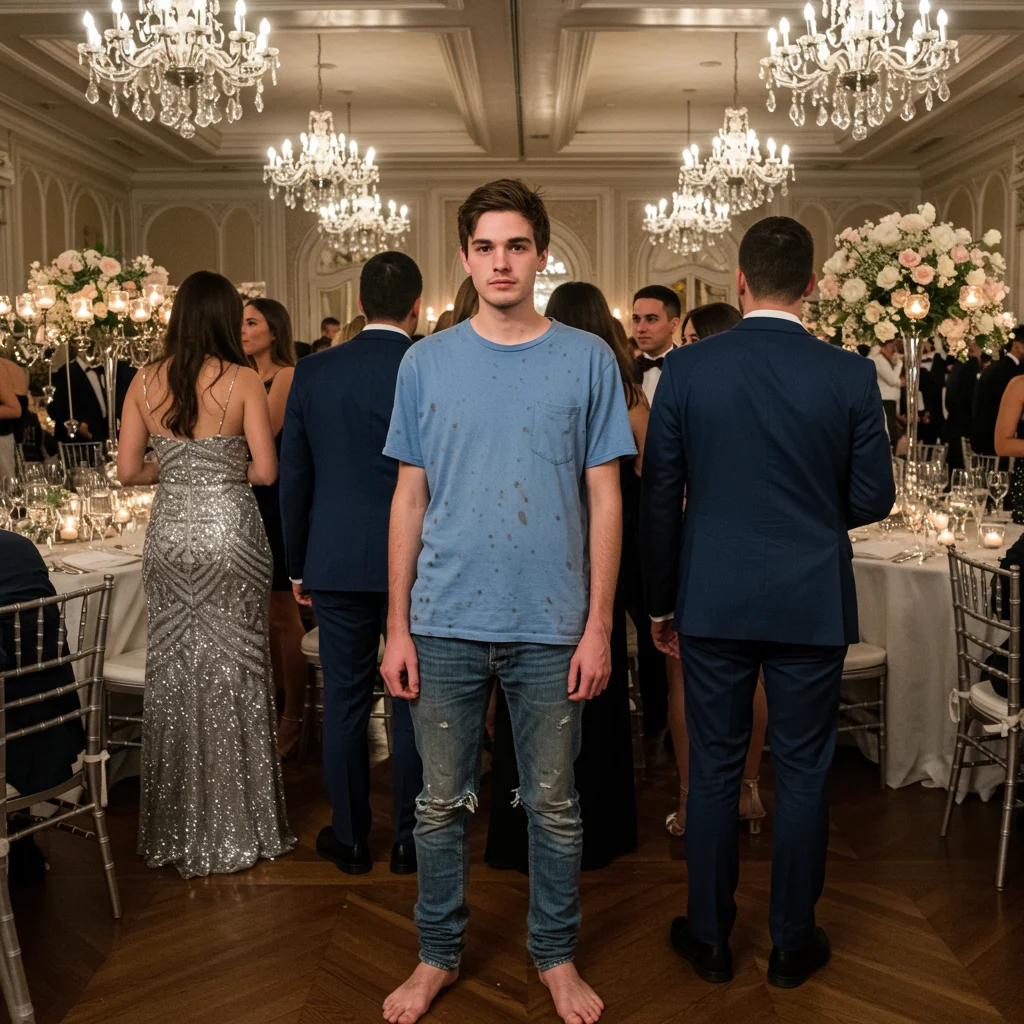
How to Dress for Formal vs. Casual Events
Formal events call for tailored suits, dresses, or evening gowns, while casual gatherings allow for relaxed fits and playful details. Checking the venue and guest list provides valuable context.
What to Wear to Work: Business Attire Guidelines
Professional settings often require structured, neutral outfits. Avoid overly casual items like jeans or graphic tees unless explicitly allowed.
Fashion Mistakes in Professional Settings
Common errors include underdressing, wearing distracting accessories, or neglecting grooming. These can undermine authority and distract from your skills.
How to Avoid Overdressing or Underdressing
Observe company culture and colleagues’ attire. When uncertain, it’s safer to be slightly more formal than too casual.
Neglecting Grooming and Hygiene
Even the most stylish outfit loses impact if grooming is overlooked. Cleanliness and neatness complete any look.

Why Grooming Completes Your Look
Well-groomed hair, nails, and skin signal self-respect and attention to detail. These finishing touches elevate your appearance and boost confidence.
Common Grooming Mistakes to Avoid
Frequent pitfalls include chipped nail polish, unkempt hair, or overpowering fragrances. Regular maintenance and moderation create a polished impression.
Overlooking Undergarments: The Invisible Mistake
Proper undergarments are the unseen foundation of every outfit. Neglecting them can disrupt the fit and silhouette of your clothing.

Choosing the Right Undergarments for Each Outfit
Select seamless options for fitted garments and supportive pieces for structured outfits. The right choices prevent lines, bulges, and discomfort.
Visible Panty Lines and Bra Straps: How to Prevent Them
Opt for nude or color-matching undergarments and adjustable straps. Specialized shapewear can also provide a smooth finish under delicate fabrics.
Ignoring Fabric Care and Maintenance
Maintaining your wardrobe extends its life and keeps it looking pristine. Skipping care routines leads to damage and premature wear.

How to Store Clothes to Prevent Damage
Use padded hangers for delicate fabrics, and store knits folded to prevent stretching. Keep clothing out of direct sunlight to avoid fading.
Tips for Washing and Ironing Delicate Fabrics
Hand-wash or use a gentle cycle for silks and lace, and always follow care labels. Iron with the appropriate heat setting, and use pressing cloths to avoid scorching.
Sustainable Fashion Choices: Avoiding Fast Fashion Pitfalls
A sustainable approach to style values quality and longevity over quantity. Fast fashion may be tempting, but it often leads to waste and regret.
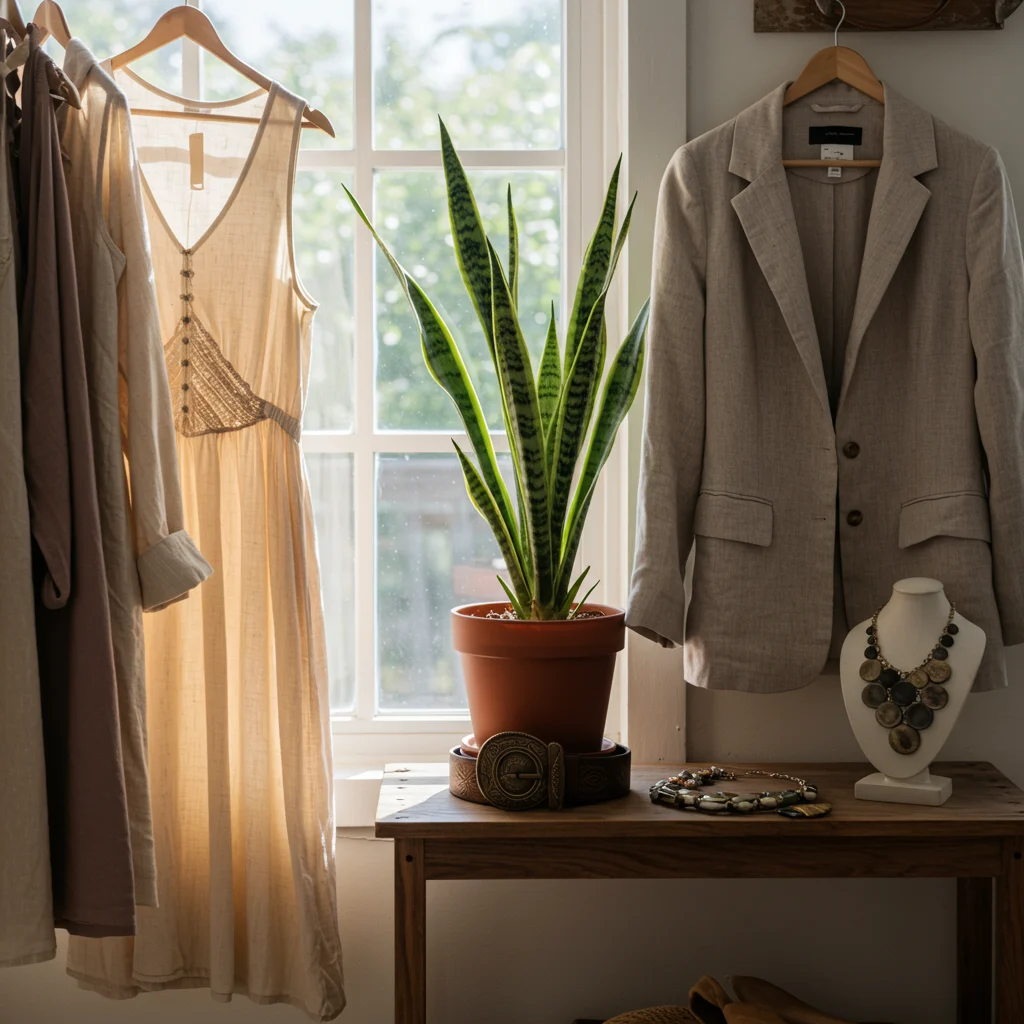
Why Invest in Quality Over Quantity?
High-quality pieces not only last longer but also fit and feel better. Investing in timeless designs prevents the cycle of constant replacement. For more insight, see our sustainable fashion guide.
How to Build a Timeless Wardrobe
Choose classic silhouettes, neutral colors, and versatile pieces. This approach enables you to create countless outfits without feeling dated or overwhelmed.
Styling Tips to Elevate Your Look
Small adjustments and creative touches can transform everyday outfits into standout ensembles. Let’s explore practical ways to refine your style.
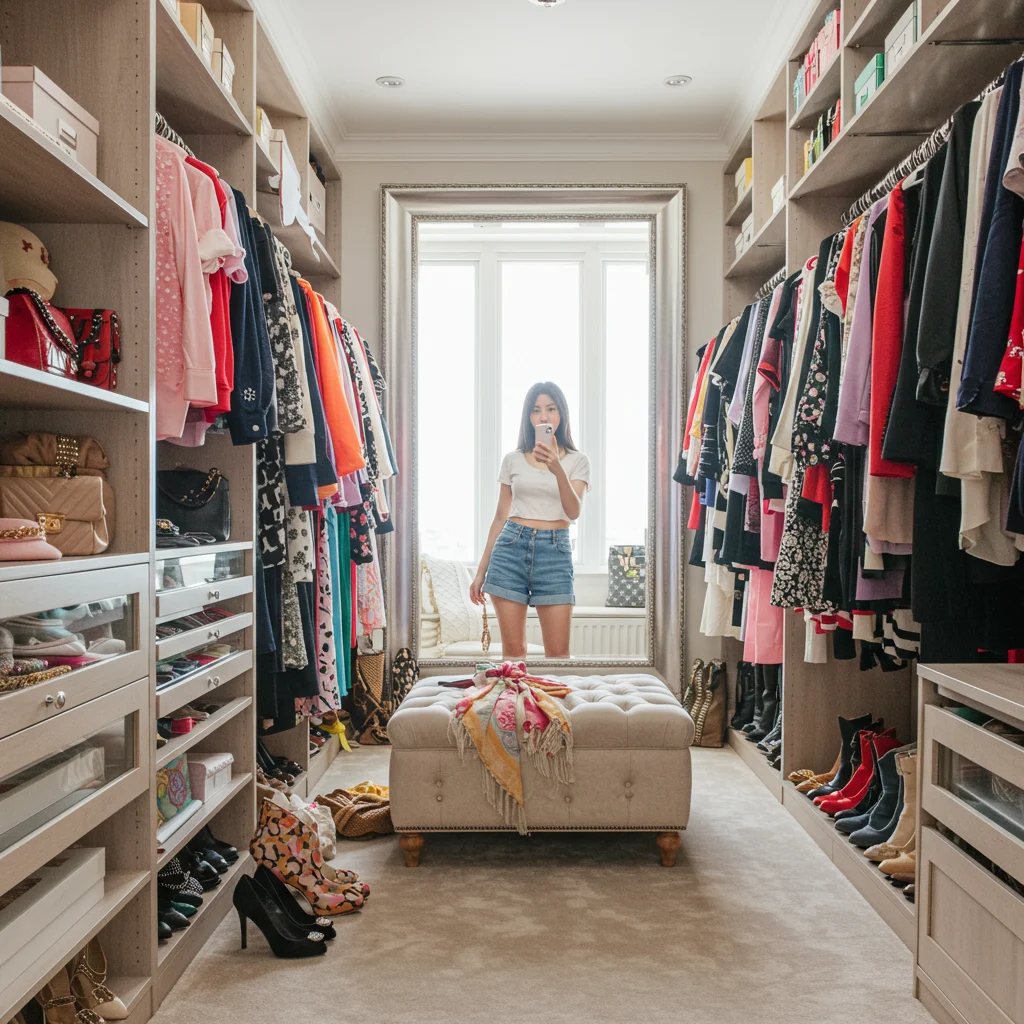
How to Use Accessories to Enhance Outfits
Strategically chosen accessories—like belts, scarves, and hats—add personality and polish. Don’t underestimate the power of a bold earring or sleek watch to complete your look.
The Power of Statement Pieces
A single statement item, such as a vibrant coat or chunky necklace, can serve as the focal point of your outfit. Balance is key—let the piece shine by keeping the rest of your look minimal.
How to Play with Textures for Visual Interest
Mixing textures like leather, silk, and denim adds depth and intrigue. Combine smooth and rough surfaces for a tactile experience that draws the eye.
Color Theory: Choosing Flattering Hues
Understanding your skin’s undertone helps in choosing the most flattering colors. Warm undertones suit earthy hues, while cool undertones shine in jewel tones. As experts often say:
“Fashion is the armor to survive the reality of everyday life.” – Bill Cunningham
Selecting colors that complement your complexion enhances your natural glow and overall presentation.
Building a Capsule Wardrobe: Where to Start?
A capsule wardrobe streamlines your closet, making daily outfit selection effortless and stress-free. This strategy emphasizes quality, versatility, and personal style.
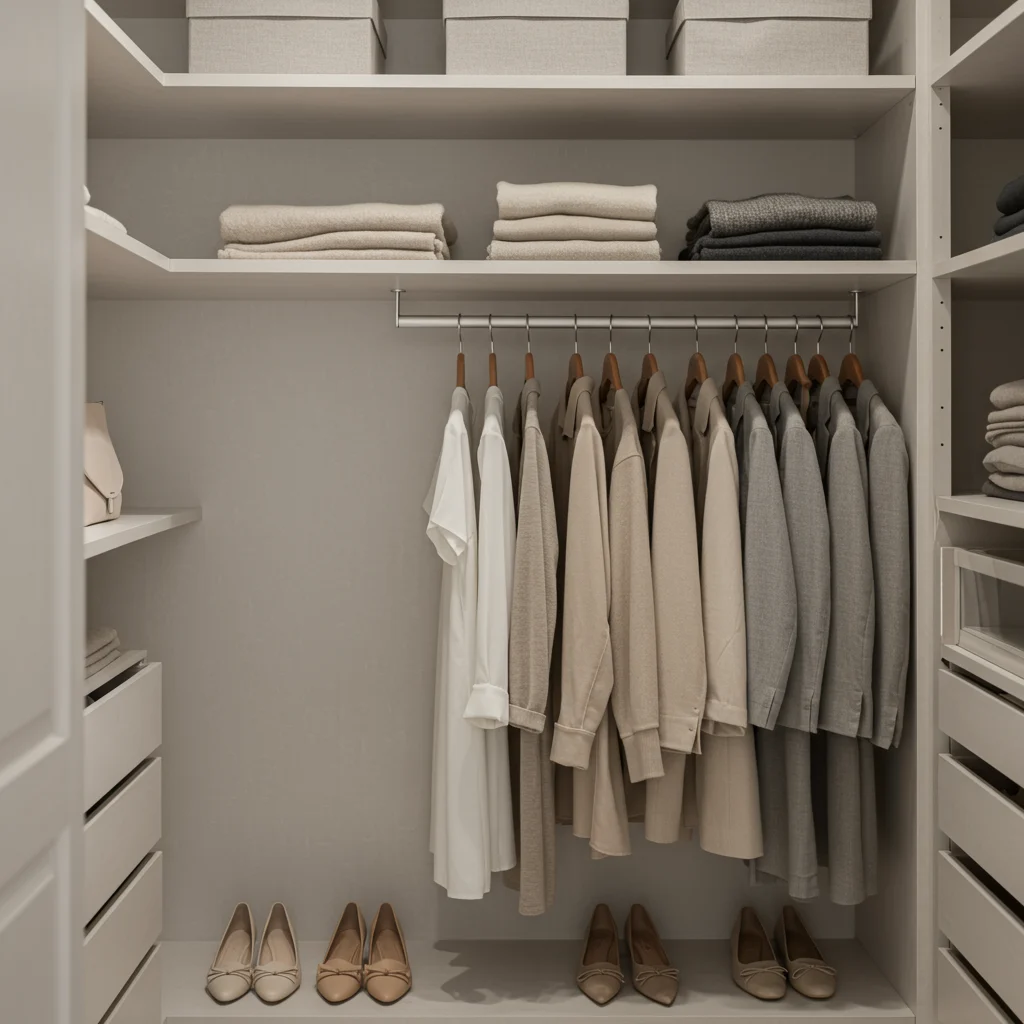
Essential Pieces for Every Closet
Every wardrobe benefits from a crisp white shirt, dark jeans, a tailored blazer, and classic footwear. These staples form the backbone of countless looks.
How to Mix and Match Basics
Pairing basics in creative ways maximizes your outfit options. Layering, accessorizing, and experimenting with proportions allow you to get the most from each piece.
Frequently Asked Questions About Fashion Mistakes
We often receive questions about avoiding style missteps and building confidence in fashion choices.
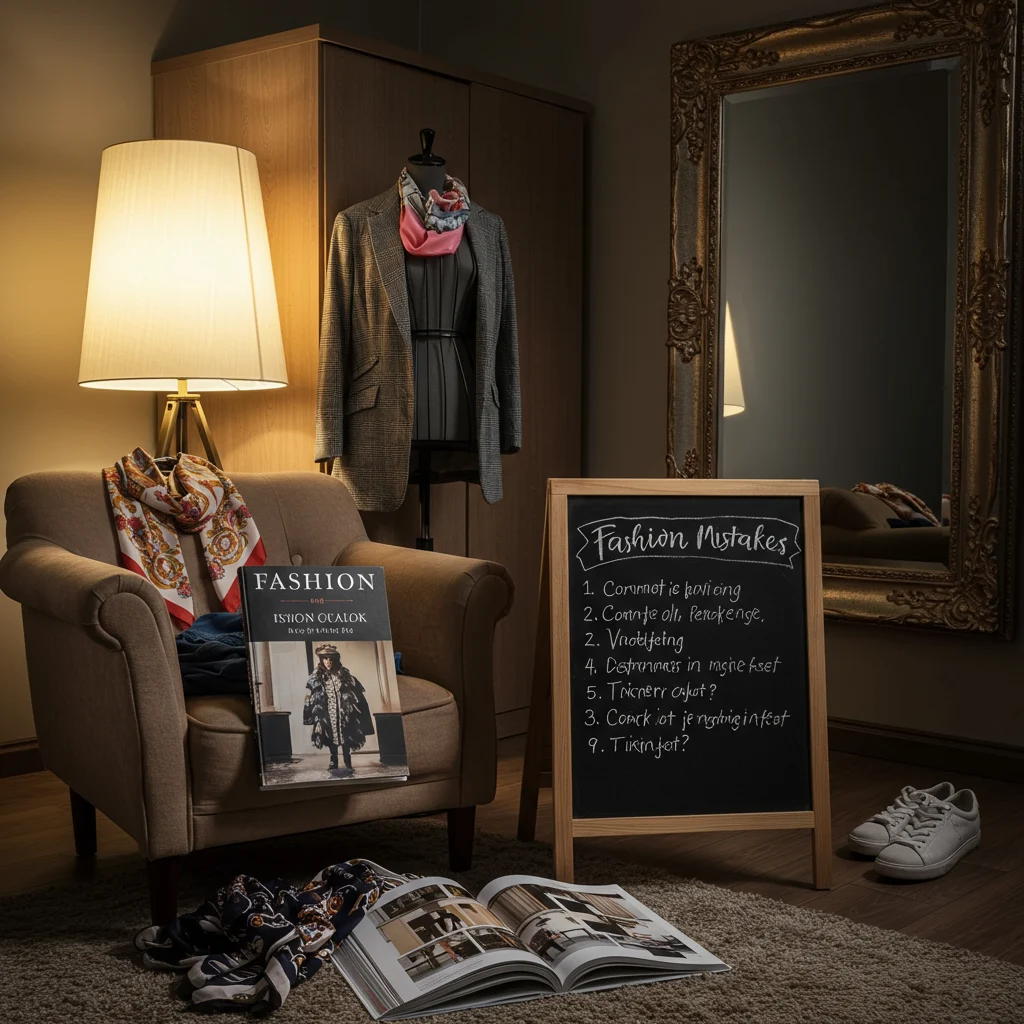
How Can I Avoid Making Fashion Mistakes in the Future?
Plan your outfits ahead of time, invest in quality basics, and seek honest feedback from trusted friends. Stay mindful of fit, occasion, and personal comfort.
What Are the Biggest Fashion Mistakes People Regret?
Common regrets include impulse purchases, sacrificing comfort for trends, and neglecting personal style. Thoughtful shopping and self-reflection prevent these missteps.
How to Book on Viator
For those planning to book activities or find tours that match your style, Viator offers an intuitive booking platform. Simply search for your desired destination or experience, compare reviews, and reserve your spot in a few clicks.

Viator provides up-to-date information on dress codes and local customs for various experiences, helping you pack the right attire for every occasion. Before you plan your trip, check their recommendations to avoid fashion faux pas while traveling.
Conclusion: Embrace Style, Not Perfection
Fashion is a journey, not a destination. By learning from common mistakes and applying thoughtful styling tips, we can express ourselves authentically and confidently. Remember, style is about feeling good in what you wear, not about rigid rules or fleeting trends.
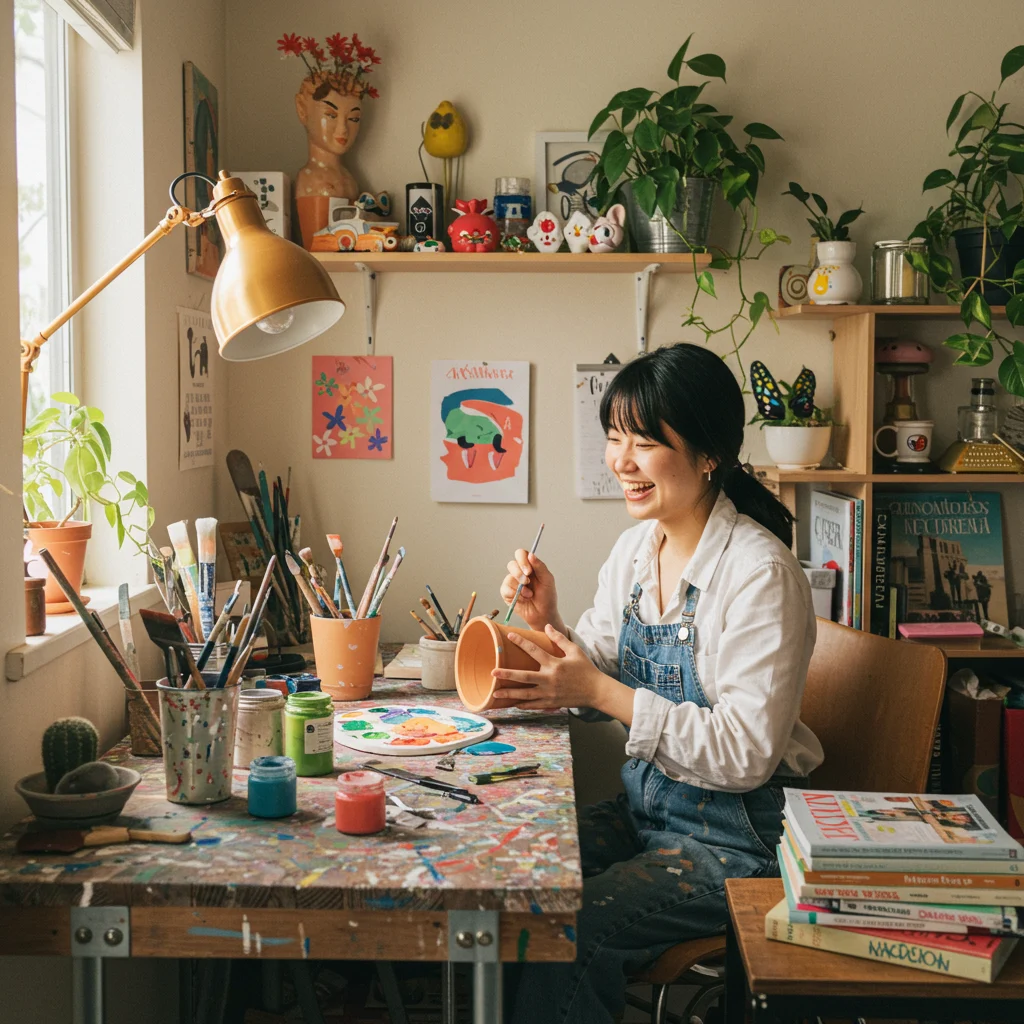
At Izase, we believe that personal style should be accessible, sustainable, and empowering for everyone. For more expert guidance and inspiration, visit Izase and join our community of fashion enthusiasts.
Disclaimer: This information is accurate to the best of our knowledge; however, there may be changes or mistakes. Please verify exact details on the Viator booking page.


